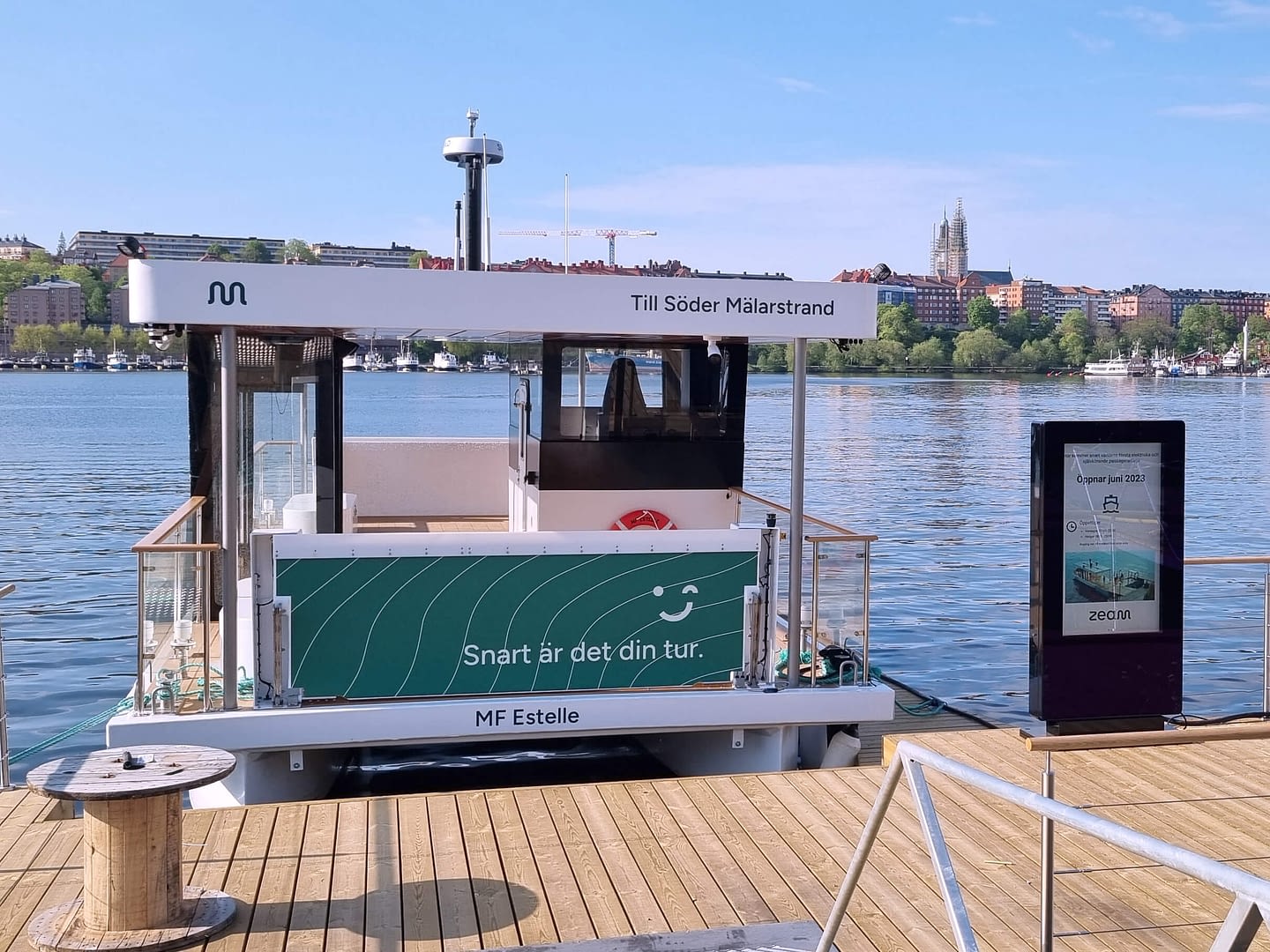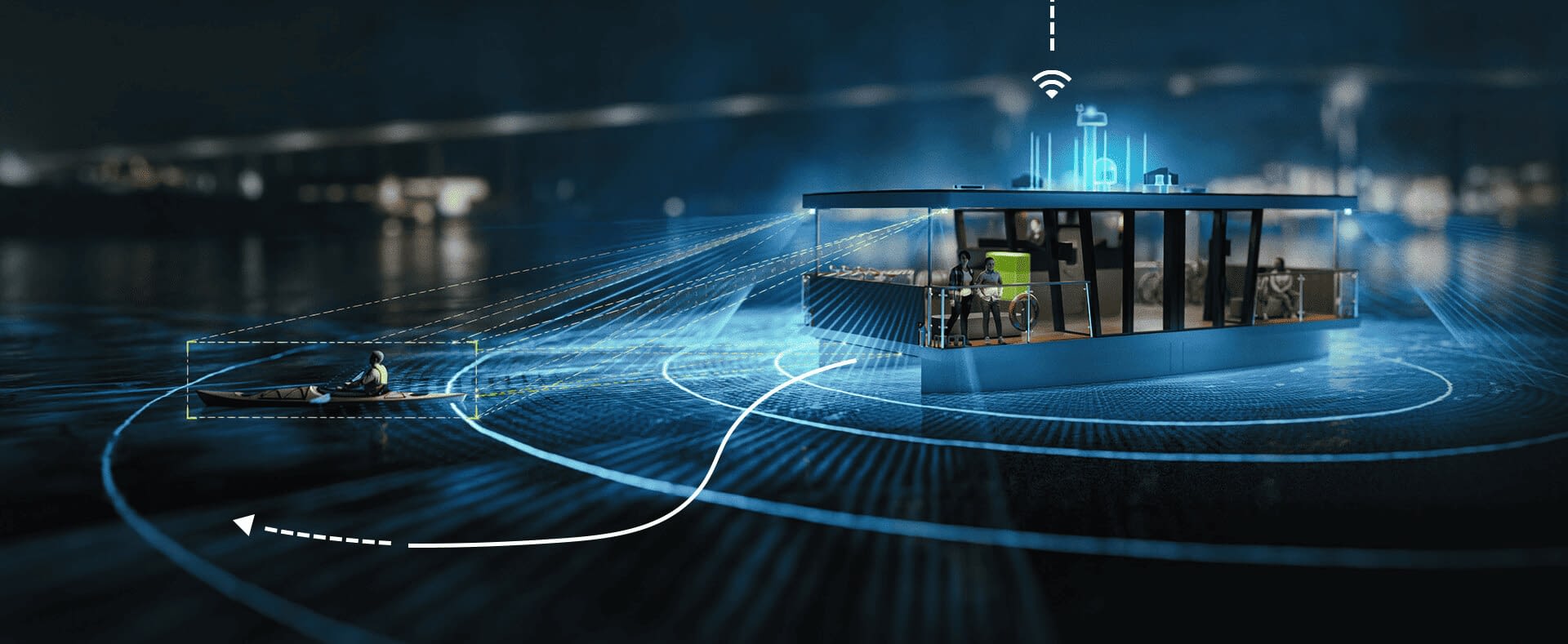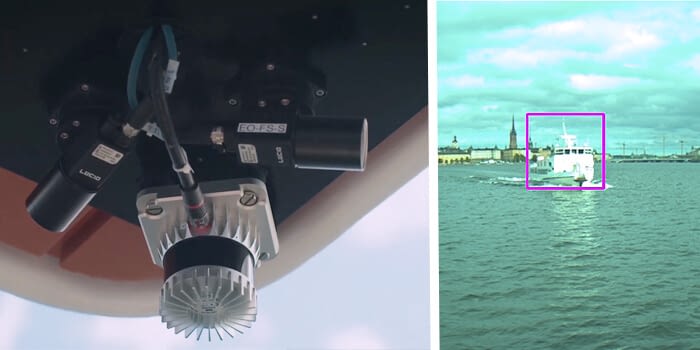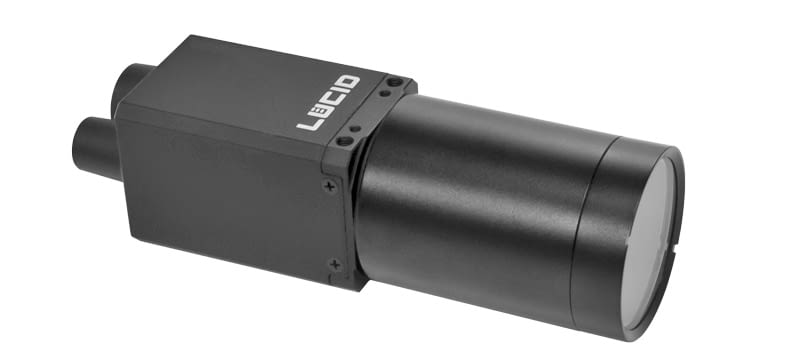CASE STUDY
Industry: Transportation
Product: 5.4 MP Triton Camera with IMX490 HDR Sensor
Software: Custom
World’s First Autonomous, Electric Passenger Ferry Uses Triton HDR Cameras for Advanced Sensing
Urban mobility is evolving towards greater automation to address labor shortages and to enhance efficiency. Autonomous solutions, powered by advanced technology and artificial intelligence, have the potential to perform tasks that traditionally required human operators. This not only frees up professionals to focus on more complex tasks but also enables smaller crew sizes, resulting in cost savings and operational efficiencies.
Challenge
A pressing challenge in the maritime industry is the worldwide shortage of marine captains. While one solution to this problem is to increase the supply of seafarers through education and training, another approach is to reduce crew requirements for ships. Regulatory changes that embrace automation and other technologies can alleviate crew workloads which makes it easier for individuals to enter the field and expands the pool of qualified candidates. Additionally, automation can potentially enhance the efficiency and safety of shipping operations. With advanced technology and artificial intelligence, autonomous marine systems can help operators make better decisions, reducing the risk of accidents and errors.

Solution
Zeabuz, a Norwegian company, has embarked on a mission to address these challenges by developing innovative solutions for unmanned, zero-emission passenger ferries operating 24/7 in urban areas. Their primary objective is to revitalize urban waterways through autonomy-as-a-service which benefits both mobility and ferry operators. Zeabuz’s autonomous mobility system comprises four main components: Sensing & Situational Awareness, Motion Planning & Control, Supervisory Control, and Operational Infrastructure.

Sensing & Situational Awareness
Zeabuz employs a comprehensive suite of sensors, including cameras, LiDAR, Radar, and AIS. These sensors provide input to object detection pipelines based on machine learning and clustering algorithms. Data from these sensors are combined and analyzed through sensor fusion and tracking algorithms, offering precise tracking and motion prediction of objects around the vessel. For full 360-degree coverage, multiple 5.4 MP Triton cameras from LUCID have been integrated and synchronized with the autonomous system using Precision Time Protocol (PTP). Featuring Sony’s IMX490 sensor, the Triton cameras offer exceptionally high dynamic range, providing reliable data even in the most challenging conditions.

Multiple Triton cameras, featuring Sony’s IMX490 HDR sensor, provide reliable 360-degree coverage for the moving vessel due to exceptionally high dynamic range.
Operational Infrastructure
Operational Infrastructure: Zeabuz operates an onboard autonomy system supervised from a Remote Operations Centre (ROC). Operators at the ROC can monitor the vessel’s system and operation, respond to passenger requests, and intervene as needed through high-level remote control or manual operational state transitions.

The Triton camera provides IP67 protection when an IP67 lens tube and IP67 cables are used.
Motion Planning & Control
Based on situational awareness and the planned route, Zeabuz’s system calculates the desired vessel trajectory using autonomous navigation and collision avoidance algorithms. This trajectory is then transmitted to the vessel’s motion control system, adapted from an industrial off-the-shelf dynamic positioning system.
Supervisory Control
The supervisory control component makes high-level and strategic operational decisions based on the vessel’s capabilities and the prevailing operational environment.
Conclusion
Zeabuz, in collaboration with the ferry operator Torghatten, successfully launched the world’s first commercial autonomous ferry in Stockholm in the summer of 2023. Their vision is to expand the service with multiple vessels, ultimately reducing the need for certified onboard crews. The advantages of this approach include reduced energy consumption, shorter travel times, and optimized operations, resulting in a sustainable and affordable transportation solution for both operators and passengers. This innovative solution exemplifies the potential of unmanned maritime systems to revolutionize urban transportation.
See a video of the world’s first autonomous ferry in action.
 Support Center
Support Center
